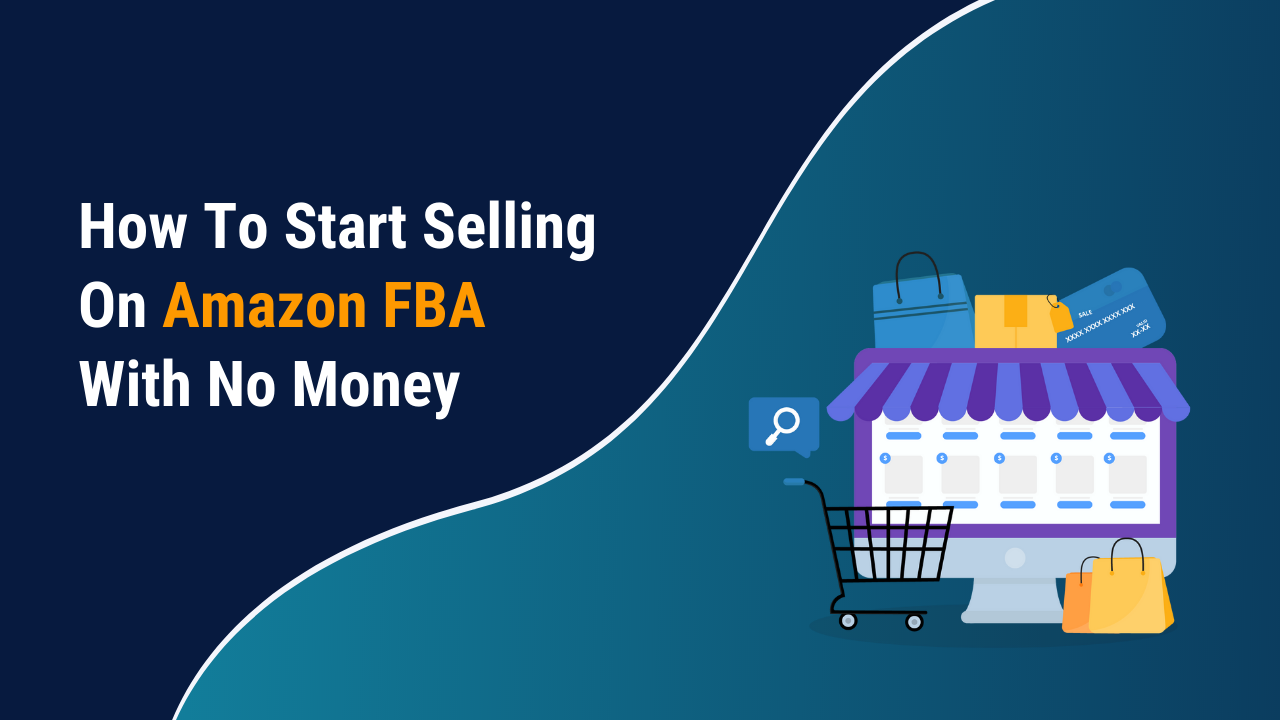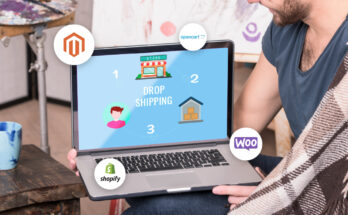Introduction
In 2024, the landscape of e-commerce continues to evolve, and Amazon FBA (Fulfillment by Amazon) remains a lucrative opportunity for aspiring entrepreneurs. However, starting an Amazon FBA business typically requires some initial capital investment for inventory, marketing, and other expenses. But what if you’re starting with little to no money? Is it still possible to embark on this journey? The answer is yes, and this guide will outline practical strategies and tips for starting your Amazon FBA business with minimal financial resources.
How to Start Amazon FBA with No Money

Understanding Amazon FBA
Before diving into the specifics of starting with no money, it’s crucial to understand the fundamentals of Amazon FBA. FBA allows sellers to store their products in Amazon’s fulfillment centers. Amazon then handles storage, packaging, shipping, and even customer service. This model offers scalability and convenience to sellers, enabling them to focus on growing their business rather than logistical operations.
Identify a Niche and Product Research
Starting an Amazon FBA business begins with thorough market research and identifying a profitable niche. While it may seem challenging to find products without initial capital, there are several cost-effective methods to conduct product research:
- Online Tools: Utilize free or low-cost tools like Jungle Scout, Helium 10, or AMZScout to analyze market trends, competition, and product demand.
- Manual Research: Browse Amazon’s bestseller lists, explore niche-specific forums and communities, and observe social media trends to identify potential product opportunities.
- Dropshipping: Consider dropshipping as a method to start without inventory costs. You can list products from suppliers on Amazon and fulfill orders as they come in, minimizing upfront expenses.
- Wholesale: Partner with wholesalers who offer favorable terms for new sellers, such as low minimum order quantities or drop shipping arrangements.
Optimizing Your Amazon Seller Account
Once you’ve selected a product or niche, create an Amazon seller account. Choose an Individual or Professional selling plan based on your anticipated sales volume. While the Professional plan incurs a monthly fee, it provides access to additional selling tools and features.
Optimize your seller account by:
- Creating an attractive seller profile with a compelling brand story and logo.
- Crafting optimized product listings with relevant keywords, high-quality images, and persuasive copywriting to maximize visibility and conversion rates.
- Enroll in Amazon’s FBA program to leverage their fulfillment network and access Prime shipping benefits, which can boost your product’s visibility and credibility.
Implementing a Lean Business Model
With limited resources, adopting a lean business model is essential for success. Here’s how to operate efficiently:
- Minimalist Inventory Management: Start with a small selection of products to minimize inventory costs. Focus on items with high demand and fast turnover to optimize cash flow.
- Just-In-Time Inventory: Utilize a just-in-time inventory approach to order stock only when necessary, reducing storage costs and minimizing the risk of excess inventory.
- Fulfillment by Merchant (FBM): If FBA fees are prohibitive, consider fulfilling orders yourself through FBM. While this requires more time and effort, it eliminates FBA fees and provides greater control over shipping and customer service.
- Outsourcing Tasks: Outsource non-core tasks such as product photography, graphic design, or virtual assistance to freelancers or agencies on platforms like Fiverr or Upwork, allowing you to focus on essential business activities.
Leveraging Fulfillment by Amazon (FBA)
While starting with no money may limit your ability to purchase inventory upfront, leveraging Amazon FBA can help overcome this challenge. Here’s how:
- Retail Arbitrage: Source products from local retail stores, clearance sales, or online marketplaces at discounted prices and resell them on Amazon at a markup. This method requires minimal upfront investment and can generate quick profits.
- Online Arbitrage: Similar to retail arbitrage, online arbitrage involves sourcing discounted products from online retailers and reselling them on Amazon. Use cashback websites or coupon codes to further reduce costs.
- Private Labeling: Private labeling involves branding existing products with your own label or packaging. While this typically requires some initial investment for product customization and branding, you can negotiate favorable terms with manufacturers or suppliers to minimize upfront costs.
- Amazon Loans: Once you’ve established a track record of sales on Amazon, you may qualify for Amazon loans or lines of credit through programs like Amazon Lending. These funds can be used to purchase inventory and grow your business without relying on external financing.
Scaling Your Business
As your Amazon FBA business grows, reinvest profits into expanding your product selection, optimizing marketing efforts, and streamlining operations. Here are some strategies for scaling your business:
- Diversify Your Product Portfolio: Gradually expand your product catalog to target complementary niches or address different customer segments. This reduces dependence on any single product and mitigates risks associated with market fluctuations.
- Build a Brand Identity: Invest in building a strong brand identity through consistent branding, exceptional customer service, and engaging marketing campaigns. Cultivate a loyal customer base that trusts your brand and advocates for your products.
- Optimize Advertising Campaigns: Allocate a portion of your budget to Amazon PPC (Pay-Per-Click) advertising to increase product visibility and drive targeted traffic to your listings. Continuously monitor and optimize your campaigns to maximize return on investment.
- Explore International Markets: Expand your reach by selling internationally through Amazon’s global marketplaces. Conduct thorough market research and adapt your product listings and marketing strategies to cater to local preferences and cultural nuances.
Conclusion
Starting an Amazon FBA business with no money in 2024 is challenging but entirely feasible with the right approach and strategies. By leveraging cost-effective methods for product research, inventory management, and fulfillment, aspiring entrepreneurs can overcome financial barriers and build a successful e-commerce venture on the world’s largest online marketplace. Remember to stay adaptable, persistent, and customer-focused as you navigate the dynamic landscape of e-commerce entrepreneurship.




One Comment on “How to Start Amazon FBA with no Money in 2024”